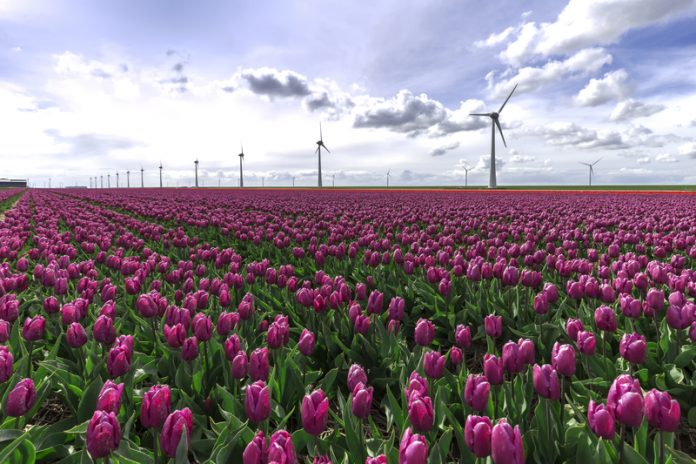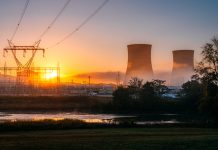There are five major challenges in transitioning to a sustainable energy future. First, scale; the energy system must supply adequate energy to meet the needs of the expected global population growth over the next century. Second, availability; our current energy system is largely dependent on finite, non-renewable energy resources that are being rapidly depleted (coal, oil, gas and to a lesser extent uranium). Third, accessibility; there are geographical and social (e.g. geopolitical) constraints on the access to primary resources, which may impact both security and cost of supply. Fourth, affordability; the energy system must deliver energy to society without itself requiring too large a proportion of society’s resources, either physical or financial. Fifth, impact; the energy system has large environmental impacts, the most discussed being climate charge but also impacts related to critical resources (e.g. neodymium), water withdrawal/consumption, land use and emissions other than greenhouse gases (e.g. mercury). Additionally, the biosphere’s capacity for assimilating these impacts is itself being undermined by human activity. All of these interconnected issues must be addressed in a holistic manner, using a systems approach.
As already mentioned, a primary focus for sustainable energy has become the issue of climate change which is driving a transition to a low-carbon economy. With too narrow a focus however, it is possible to undertake seemingly positive actions that may actually undermine the whole system, sustainable energy goals. Alternative liquid fuels for transport may reduce greenhouse gas emissions, but increase other environmental impacts. Electrification of transportation avoids end-use emissions but puts further strain on the need for low-carbon electricity resources. Carbon capture and storage address the climate impact of fossil fuels but actually accelerates their depletion, arguably making use of the resource more unsustainable. Equally, focusing solely on technological solutions may cause us to overlook more effective solutions in the political and social realms.
Ultimately, energy planning policy must be undertaken in the context of one simple question; “can a renewable, accessible, affordable, clean energy system sustainably supply our current level of energy demand?” The energy system must be environmentally and technologically feasible. It should also not use too many of society’s resources and seek to minimise environmental impact. This question is of the highest priority since it sets the boundary for all other considerations. If it should be found that the sustainable supply is lower than current energy demand levels, then clearly the goal of energy policy should be to (perhaps dramatically) reduce energy demand.
Finding the answer to this question demands a greater appreciation of the physical structure of our economies. We need to better understand how physical resources (materials and energy) enter, flow-through, accumulate and leave our economies, since these physical resource constraints set hard limits (social, political, and financial constraints are more flexible, though not necessarily easy to change). This means developing a complementary set of databases of physical quantities to supplement financial systems of national accounts. A number of organisations currently collect this information at the economy-wide level, however much more work needs to be done to develop these databases at the sectoral level. A large array of data, tools and methodological frameworks are available in this effort, developed primarily by researchers in fields such as net energy analysis, material flow analysis, life cycle assessment, industrial ecology, ecological economics, and biophysical economics.
Other benefits that stem from supplementing financial analyses with energy and material flow analysis include:
- Better appraisal of early-stage technologies (low technology readiness levels) often having highly uncertain financial characteristics, but that is still subject to fundamental physical laws which can help identify potential costs and barriers to technology development;
- Identification of alternate metrics for valuation of energy and other natural resources and their production pathways, by comparing our ability to transform resources into societal benefits; and
- Calculation of alternative metrics for comparing the environmental impact of individual goods and services, or even entire industries or economies, such as freshwater consumption, global warming potential, or primary energy demand.
Given the large changes required in coming decades to supply energy in a more sustainable fashion, it is clear that a vast transition of our current energy system is required. A piecemeal approach focused solely on technological solutions is not enough. We must take a whole systems approach.
To manage the transition in the coming age of resource constraints requires making smarter decisions based on a richer understanding of the physical basis of our economies.
Michael Carbajales-Dale
Asst. Professor in Environmental Engineering & Earth Sciences
Clemson University
Tel: +01 864 656 0523
madale@clemson.edu











